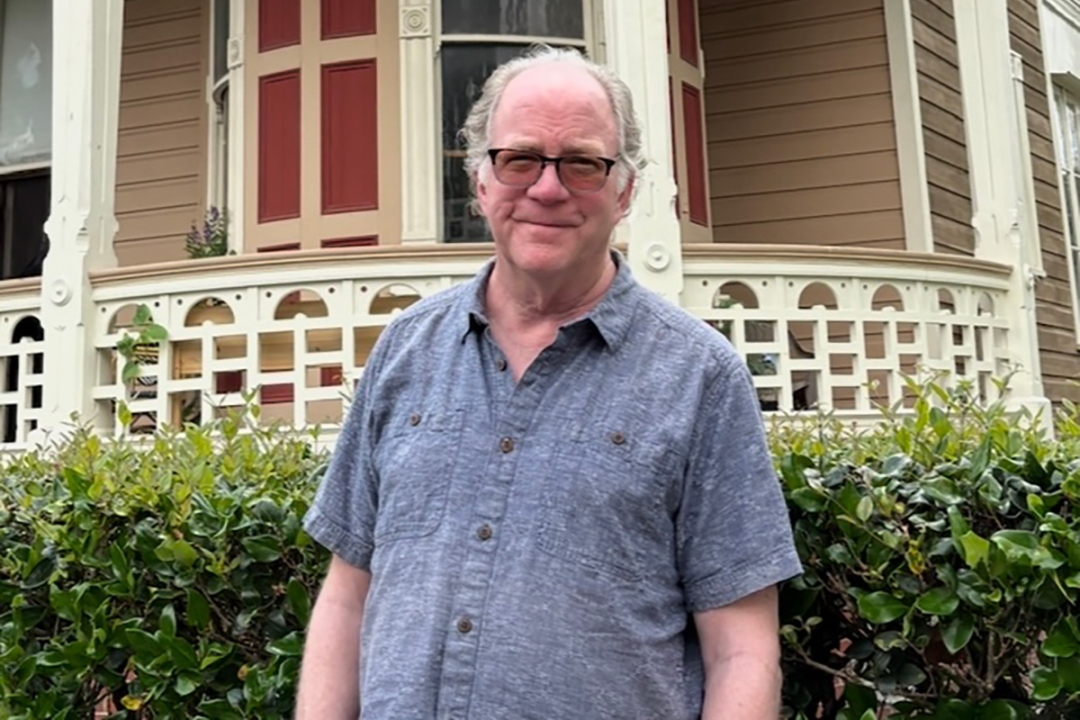Financial News
Lee Alig Breaks Down Everyday Civic Awareness in How To Shape Cities
Indianapolis, IN - Aug 1, 2025 - Cornelius Lee Alig, a sixth-generation Hoosier and longtime advocate for visionary city development, is calling on Indianapolis residents—and citizens across Indiana—to re-engage with the physical spaces that shape their lives. A licensed architect, real estate developer, and host of the Design Minded Indiana podcast, Alig is raising awareness around a deceptively simple idea: better cities begin when people start noticing what’s right in front of them.
“Walk your city—slowly, intentionally, and often,” Alig says. “Not for fitness, but for awareness. You’ll notice which benches are never used, which alleys could become art galleries, which intersections are confusing. That’s free research.”
Alig, who has spent decades revitalising downtown Indianapolis and contributing to key civic commissions, believes the key to better public spaces isn’t always sweeping policy—it’s community attentiveness.
Most People Walk Through Cities. Few See Them.
According to a 2023 Smart Growth America study, over 82% of Americans live in urban areas, but fewer than 10% report ever attending a city planning meeting. Meanwhile, pedestrian deaths rose over 77% from 2010 to 2021, much of it tied to poor street design and car-first planning.
Alig argues this disconnect isn’t just a policy problem—it’s a perception problem.
“Design has become something people think happens to them,” he says. “But we’re all co-authors of public space. Even noticing where a tree grows—or doesn’t—can change how we advocate.”
He points to his work with Keep Indianapolis Beautiful, which plants over 3,000 trees per year, as an example of small actions with lasting civic impact.
“A tree isn’t just shade. It’s air quality, mental health, traffic calming, and beauty. But first, someone has to notice the empty patch of sidewalk.”
Creating a City-Wide Culture of Observation
Alig’s call to action doesn’t require new laws or funding. It starts with behaviour.
He urges residents to do the following:
-
Take one 15-minute walk each week with no phone or earbuds. Notice where people sit, where kids gather, where corners feel safe—or not.
-
Photograph one poorly used or under-designed space. Ask yourself why it feels off. Post it. Talk about it.
-
Attend one city planning meeting in the next year. Bring your lived experience to the table—even if you’re not a “designer.”
-
Talk to older residents about how neighbourhoods used to function. Civic memory is an undervalued resource in public development.
“People think design is only for architects,” Alig says. “But I’ve had 80-year-old church volunteers offer better ideas for sidewalk placement than most consultants. We just have to listen.”
Public Design Is a Public Right
From serving on more than 15 nonprofit boards to producing over 50 episodes of Design Minded Indiana, Alig has spent his life bridging the gap between high-level planning and everyday experiences. He believes part of the solution is giving people the tools—and the confidence—to speak up.
“I used to think good design would automatically be noticed. Now I know it has to be translated—through podcasts, through walks, through community murals, through food pantry layouts. That’s how we create equity in space.”
He’s especially excited by the increase in community-led planning efforts, pop-up parklets, and local design groups forming outside of traditional institutions.
Read the full Interview here.
Email: corneliusalig@emaildn.com
Media Contact
Contact Person: Cornelius Lee Alig
Email: Send Email
Country: United States
Website: https://www.corneliusaligarchitect.com/
More News
View More





Quotes delayed at least 20 minutes.
By accessing this page, you agree to the following
Privacy Policy and Terms Of Service.




